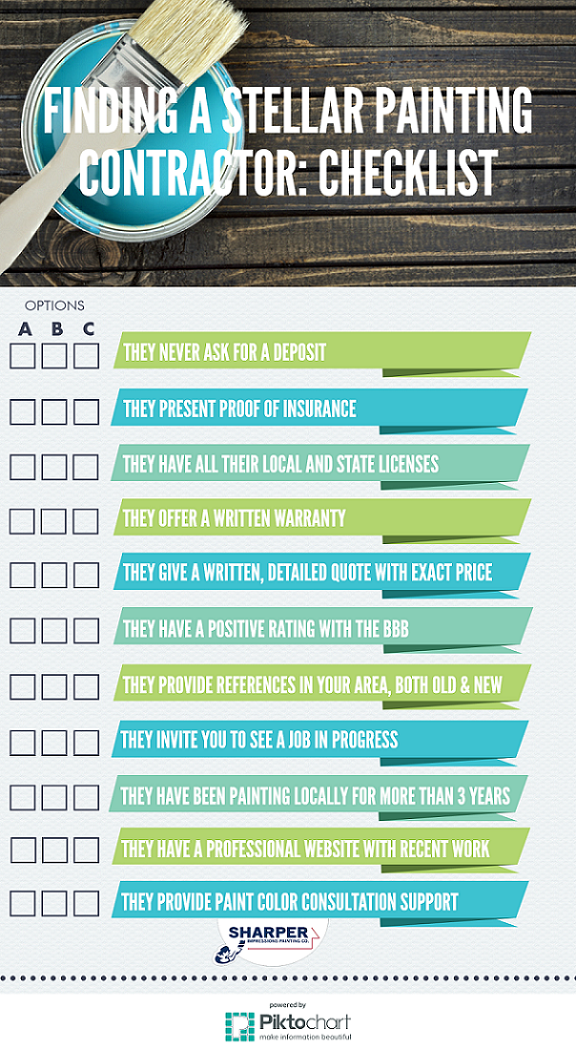Seasonal Factors In Business Exterior Painting: Secret Insights You Ought To Recognize
Seasonal Factors In Business Exterior Painting: Secret Insights You Ought To Recognize
Blog Article
Content Author-Ford Rosendal
When you're preparing an industrial external painting job, seasonal variables can make or break your outcomes. You'll want to think about exactly how temperature and moisture impact paint application and drying out times. Picking the ideal period can ensure your paint adheres appropriately and lasts longer. But which linked here are truly the best for this type of work? Allow's discover the key elements that can affect your task's success.
The Impact of Temperature Level on Paint Application
When you're preparing a business outside paint project, the temperature level can substantially impact just how well the paint sticks and dries out.
Preferably, you want to repaint when temperature levels range in between 50 ° F and 85 ° F. If it's also cool, the paint may not treat effectively, leading to issues like peeling or cracking.
On the other side, if it's too warm, the paint can dry too quickly, avoiding appropriate adhesion and leading to an uneven surface.
You must additionally take into consideration the moment of day; morning or late afternoon provides cooler temperatures, which can be much more beneficial.
Always check the producer's recommendations for the details paint you're utilizing, as they commonly give assistance on the suitable temperature array for optimum outcomes.
Moisture and Its Effect on Drying Times
Temperature level isn't the only ecological element that influences your commercial exterior painting project; moisture plays a significant role as well. High moisture levels can decrease drying times substantially, impacting the general high quality of your paint job.
When the air is saturated with dampness, the paint takes longer to heal, which can result in issues like bad bond and a greater risk of mildew development. If ceiling same colour as walls on a particularly damp day, be planned for prolonged delay times between coats.
It's vital to check local climate condition and strategy appropriately. Ideally, aim for moisture degrees between 40% and 70% for optimum drying out.
Keeping these factors in mind guarantees your project stays on track and delivers a lasting coating.
Best Seasons for Commercial Outside Painting Projects
What's the very best season for your commercial external painting projects?
Spring and early fall are commonly your best choices. During these seasons, temperature levels are mild, and humidity degrees are frequently reduced, producing suitable conditions for paint application and drying.
Stay clear of summertime's intense heat, which can trigger paint to dry also rapidly, leading to poor bond and coating. In a similar way, winter season's cool temperatures can prevent correct drying and treating, risking the long life of your paint work.
Go for days with temperatures in between 50 ° F and 85 ° F for optimum results. Remember to examine the regional weather prediction for rain, as wet problems can spoil your task.
Planning around these aspects guarantees your painting project runs smoothly and lasts longer.
Final thought
Finally, preparing your business external paint projects around seasonal considerations can make a considerable difference in the outcome. By scheduling job throughout the suitable temperatures and humidity degrees, you'll make certain better bond and drying out times. Keep in mind to keep an eye on neighborhood weather forecasts and select the right time of year-- spring and early autumn are your best bets. Taking these actions will certainly assist you attain a resilient and specialist finish that lasts.
